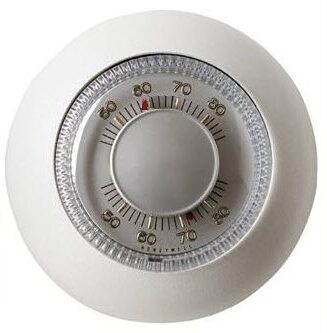Thank you, Vanilla Ice, for your catchy lyric and befitting words.
This blast from the past catchy little lyric keeps on giving, and it could not be more appropriate than at this I’m freezing my tuchus off time of year.
Ice Ice Baby it’s too cold!
Let’s look at preparing your home for cold weather.
I recommend following the principle of P-plan, prep and protect.
Wind-resistant and waterproof gear for people, places and things who will come in contact with extreme outdoor temps and exposure a must!
Preparing our son for his move to Canada taught us that lesson.
Base layering applies to people, plants and pipes.
Protect exposed skin from frostbite by basically NOT going outdoors in freezing temperatures.
If being outdoors is absolutely unavoidable, dress in layers beginning with a base layer and protect the ears, nose, toes, fingers, chin and cheeks.
Wrap exposed pipes with cloth or insulated tubing.
Further protect pipes by keeping the wind and frigid air off and away from them as much as possible.
Elevated or raised houses such as those with a pier and beam foundation have exposed pipes that need to be protected from harsh, frigid winter temperatures and blowing winds.
Wrapping the exposed space between the bottom floor and ground with plastic sheeting or tar paper will protect the pipes from the elements.
Allow water to drip from interior faucets to maintain water flow activity and to keep pressure from building up in the pipes.
It’s also a good idea to disconnect water hoses from the exterior spigots.
In case of leak or pipe burst, turn off your home’s water supply at the water shut-off valve to avoid further damage.
Dave the Builder, the resident HVAC expert, suggests leaving the thermostat on a consistent setting keep the pipes warm.
If circumstances call for you to be away from your home during periods of extreme winter temps, Dave suggests leaving the thermostat temperature set at 60ºF.
A consistent interior setting will reduce temperature fluctuation and help to keep pipes warm.
Open cabinet doors in the kitchen, bathrooms and laundry room to allow the heat in your home to circulate around the pipes.

Stay warm and safe!





